Context:
The United Nations High Commissioner for Refugees (UNHCR) released its Global Trends Report in April 2025.
The report highlights the growing scale of forced displacement, humanitarian crises, and gaps in aid response.
As of April 2025, 122.1 million people have been forcibly displaced worldwide.
This includes refugees, internally displaced persons (IDPs), asylum seekers, and stateless persons.
The figure marks a new record high, continuing the trend of year-on-year increases.
Children account for approximately 40% of the total displaced population, despite making up only ~30% of the global population.
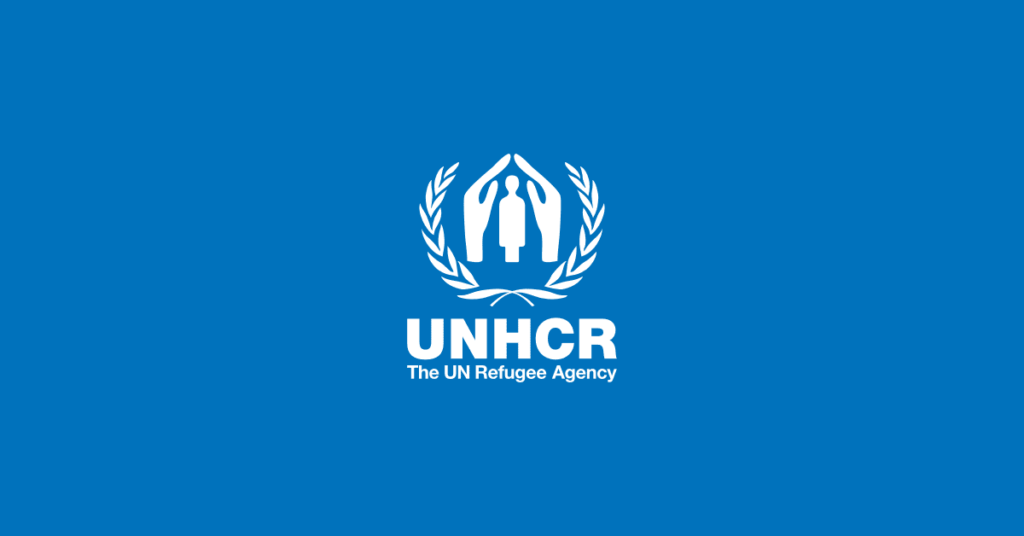
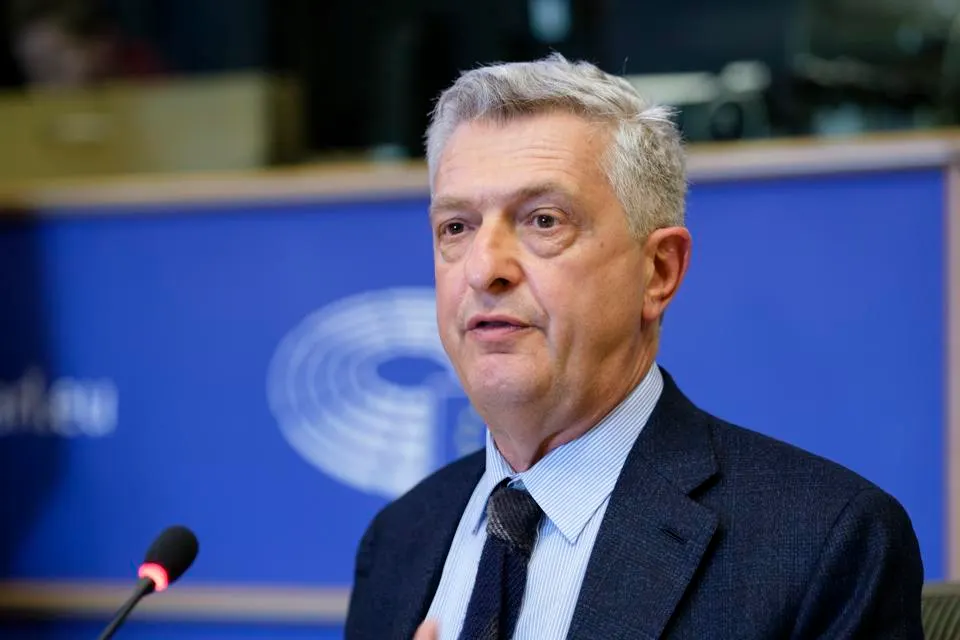
This raises serious concerns about child protection, education disruption, malnutrition, and child trafficking risks.
Displacement is driven by:
Armed conflict and wars
Religious/ethnic persecution
Climate-related disasters (increasingly common)
Political repression and human rights violations
MAJOR REGIONAL CRISES & DISPLACEMENT HOTSPOTS
| Sudan | Sudan is facing the world’s largest combined displacement and hunger crisis in 2025. 1/3 of the country’s population displaced due to civil conflict and militia violence. 25 million people are suffering from acute hunger—an emergency-level food insecurity. ZamZam Camp (North Darfur) has become a focal point of crisis: In April 2025, it was the site of violent militia attacks. This led to 400,000 people being displaced again. Access to humanitarian aid is nearly impossible, making relief efforts ineffective. The conflict has led to mass internal displacement, collapse of state services, and famine-like conditions. |
| Gaza | Practically the entire population (~2 million) in the Gaza Strip is dependent on humanitarian aid. Israeli-Palestinian conflict continues to block access to food and medical services. Infrastructure destruction, blockades, and internal displacement have crippled access to basic needs. Reports confirm severe starvation and malnutrition risks, especially among children and the elderly. |
| Ukraine | The Russia-Ukraine war has caused large-scale internal and cross-border displacement since 2022. Civilians continue to face bombardments, food insecurity, and energy shortages. The conflict has led to mass migrations into Europe, creating long-term refugee management challenges. |
Role of UNHCR (United Nations High Commissioner for Refugees)
The UNHCR is a UN agency mandated to protect and support refugees, forcibly displaced communities, and stateless people.
Established in 1950 following the aftermath of World War II.
Headquartered in Geneva, Switzerland.
Functions under the mandate of the United Nations General Assembly and ECOSOC.
Guided by the 1951 Refugee Convention and the 1967 Protocol.
Core Objectives
Provide protection to refugees and displaced persons.
Ensure humanitarian assistance (shelter, food, healthcare, education).
Facilitate voluntary repatriation, resettlement, or local integration of refugees.
Prevent statelessness and promote the rights of stateless people.
Role of NGOs in Humanitarian and Development Work
Non-Governmental Organizations (NGOs) are non-profit, voluntary organizations that operate independently of governments.
They play a crucial role in humanitarian assistance, poverty alleviation, education, healthcare, disaster relief, and peacebuilding.
NGOs like Welthungerhilfe act as bridges between international aid and local communities, especially in fragile or war-torn regions…
Core Functions of NGOs in Conflict and Crisis Zones
- Emergency Humanitarian Relief
Provide life-saving aid—food, water, shelter, and medicine—during conflicts and disasters.
Act faster and more flexibly than government or intergovernmental organizations.
Example: Welthungerhilfe provided emergency food aid during the Sudan famine and refugee displacement (2025), especially around ZamZam camp. - Rehabilitation and Reconstruction
Post-conflict or disaster, NGOs help rebuild infrastructure, schools, healthcare, sanitation, and livelihoods.
They ensure continuity of services even after international media and funding exit.
Focus on long-term resilience and restoration of dignity to affected populations. - Sustainable Development and Empowerment
NGOs emphasize self-reliance by building local capacity.
Welthungerhilfe’s motto: “Help for self-help” – enabling communities to manage their own development through training, education, and tools.
Promote food security, women’s empowerment, climate-resilient agriculture, and local governance. - Advocacy and Awareness
Advocate for policy changes, raise awareness on human rights violations, and hold governments accountable.
Use platforms to amplify the voices of marginalized or displaced populations.
Influence national and international decision-making on refugees, hunger, and poverty. - Partnership with Governments and International Bodies
UN bodies (UNHCR, UNICEF, WHO)
Local governments
Donor agencies (USAID, DFID, GIZ, etc.)
Play a supporting role in implementing SDG Goals (especially Goals 1, 2, 3, 6, 16, and 17). - Data Collection and Grassroots Monitoring
Generate credible data through field work.
Identify emerging issues before they become full-scale crises.
Feed into early warning systems for conflict, disease, or hunger.
-
18/11/2025 || Prelims Edge & Mains iMpact
Prelims Edge 18-11-2025 Mains iMpact 18-11-2025
-
17/11/2025 || Prelims Edge & Mains iMpact
Prelims Edge 17-11-2025 Mains iMpact 17-11-2025
-
16/11/2025 || Prelims Edge & Mains iMpact
Prelims Edge 16-11-2025 Mains iMpact 16-11-2025
-
15/11/2025 || Prelims Edge & Mains iMpact
Prelims Edge 15-11-2025 Mains iMpact 15-11-2025
-
14/11/2025 || Prelims Edge & Mains iMpact
Prelims Edge 14-11-2025 Mains iMpact 14-11-2025
-
Threema encrypted messenger in terror probe and official use
Context: The encrypted messaging application Threema has come under scrutiny by Indian investigative agencies following reports that the app was used by terror suspects to coordinate recent attacks, while simultaneously being reportedly used by some government officials…
-
Paris Agreement architecture and India’s Stand.
India’s main message Do not use COP30 to change the architecture of the Paris Agreement. Keep the existing balance among mitigation, adaptation and means of implementation, guided by equity and common but differentiated responsibilities and respective capabilities.
-
Why India is set to scale up its Neodymium production
What is Neodymium? Key Uses of Neodymium India is set to scale up its neodymium production ninefold to 500 tonnes by the end of FY27, as part of an aggressive push to boost self-reliance in rare earth…
-
What is La Nina and its impact on India in 2025.
What is La Nina? La Niña is a climate phenomenon characterized by cooler-than-normal sea surface temperatures in the central and eastern tropical Pacific Ocean and is part of the El Niño-Southern Oscillation (ENSO) cycle. Here are the…
-
Centre Releases Draft Seeds Bill, 2025
Context: The Union Agriculture Ministry released the draft Seeds Bill, 2025, for public consultation, marking the third attempt by the government to replace the decades-old Seeds Act, 1966 and the Seeds (Control) Order, 1983, with a modern…
-
Workplace stress and diabetes epidemic among Indian adults
Context: On World Diabetes Day (November 14), clinicians highlighted the growing link between chronic workplace stress and the rising cases of Type 2 Diabetes Mellitus (T2DM) among younger working-age adults in India, particularly in sectors like tech,…
-
13/11/2025 || Prelims Edge & Mains iMpact
Prelims Edge 13-11-2025 Mains iMpact 13-11-2025
-
12/11/2025 || Prelims Edge & Mains iMpact
Prelims Edge 12-11-2025 Mains iMpact 12-11-2025
-
11/11/2025 || Prelims Edge & Mains iMpact
Prelims Edge 11-11-2025 Mains iMpact 11-11-2025
-
10/11/2025 || Prelims Edge & Mains iMpact
Prelims Edge 10-11-2025 Mains iMpact 10-11-2025
-
09/11/2025 || Prelims Edge & Mains iMpact
Prelims Edge 09-11-2025 Mains iMpact 09-11-2025
-
08/11/2025 || Prelims Edge & Mains iMpact
Prelims Edge 08-11-2025 Mains iMpact 08-11-2025
-
07/11/2025 || Prelims Edge & Mains iMpact
Prelims Edge 07-11-2025 Mains iMpact 07-11-2025
-
06/11/2025 || Prelims Edge & Mains iMpact
Prelims Edge 06-11-2025 Mains iMpact 06-11-2025
-
05/11/2025 || Prelims Edge & Mains iMpact
Prelims Edge 05-11-2025 Mains iMpact 05-11-2025

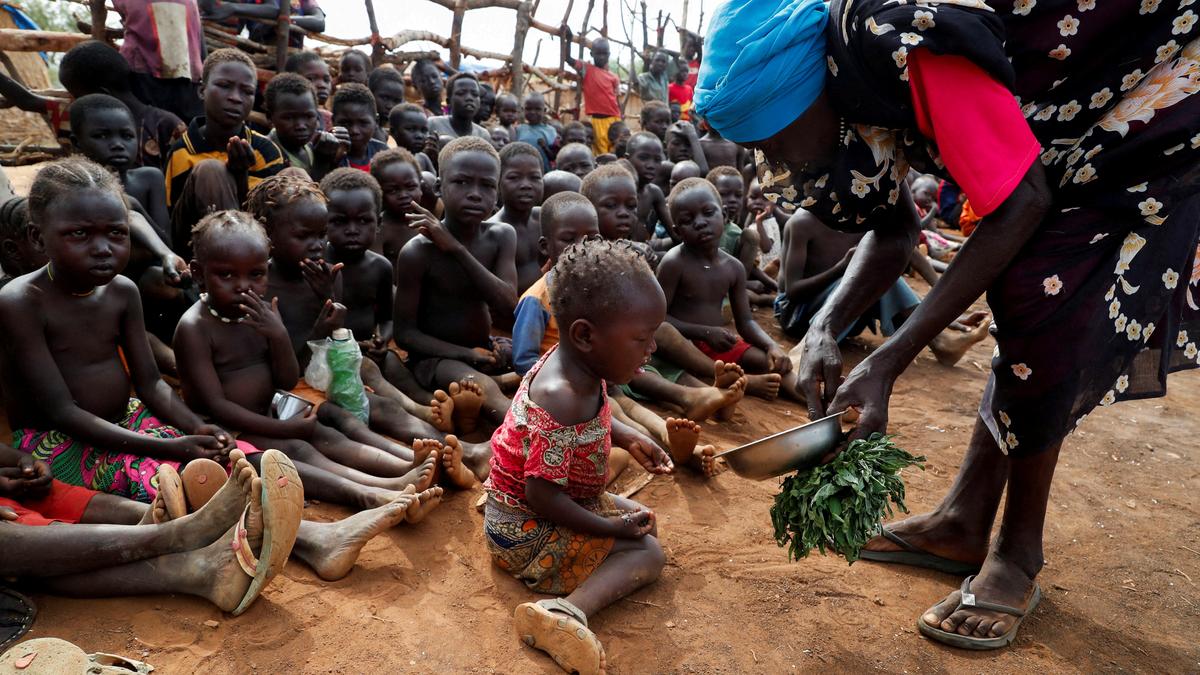


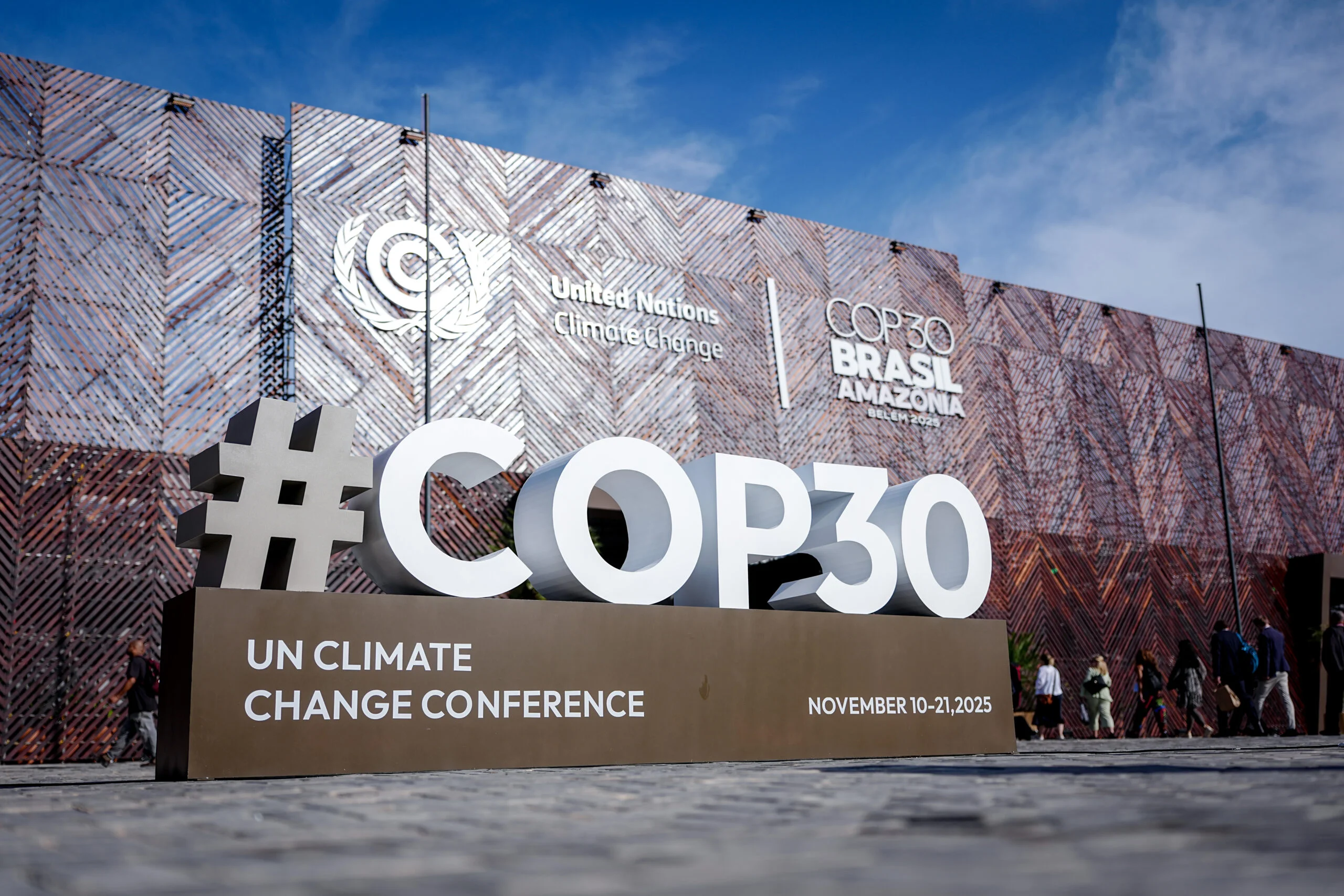

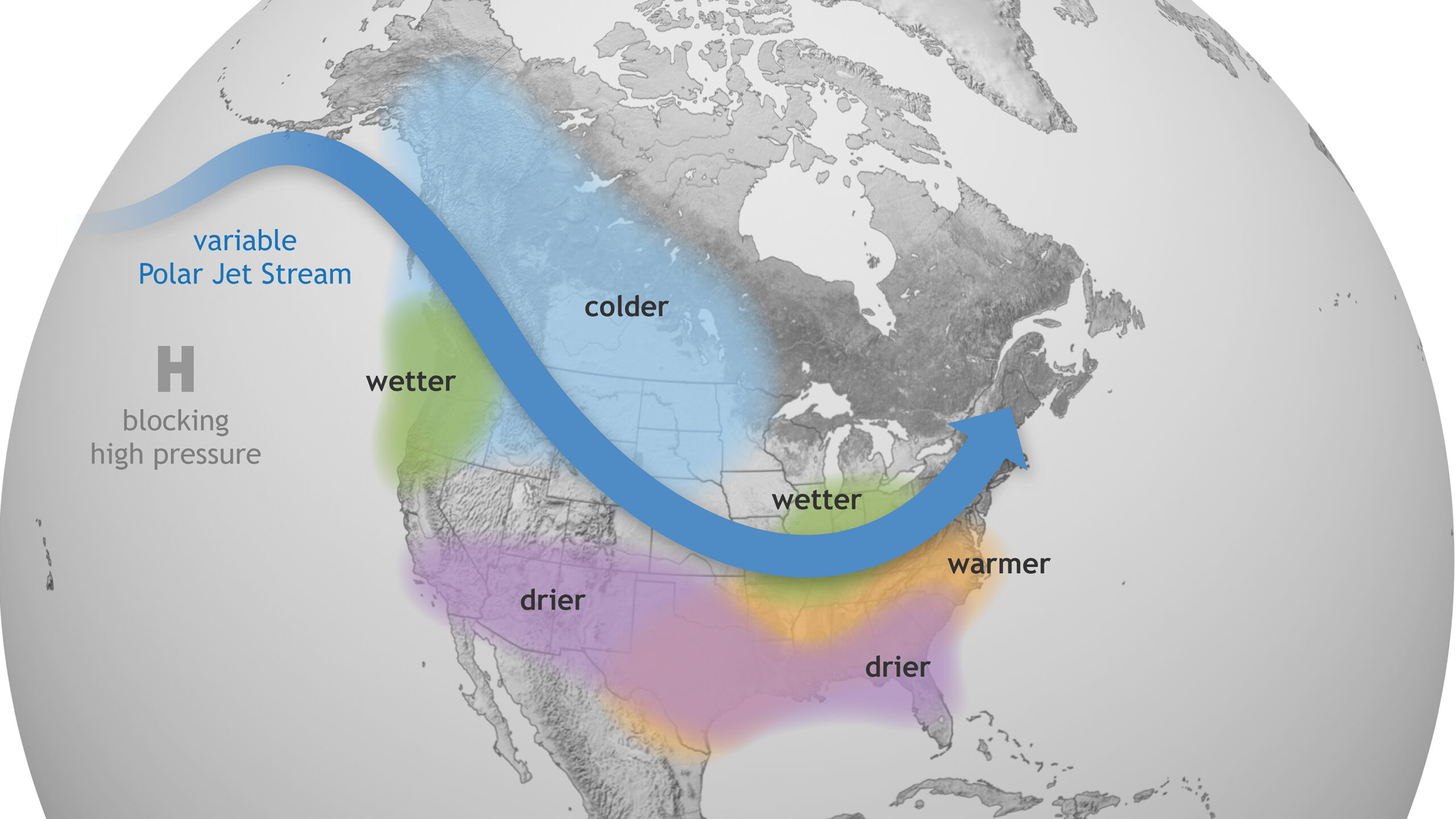
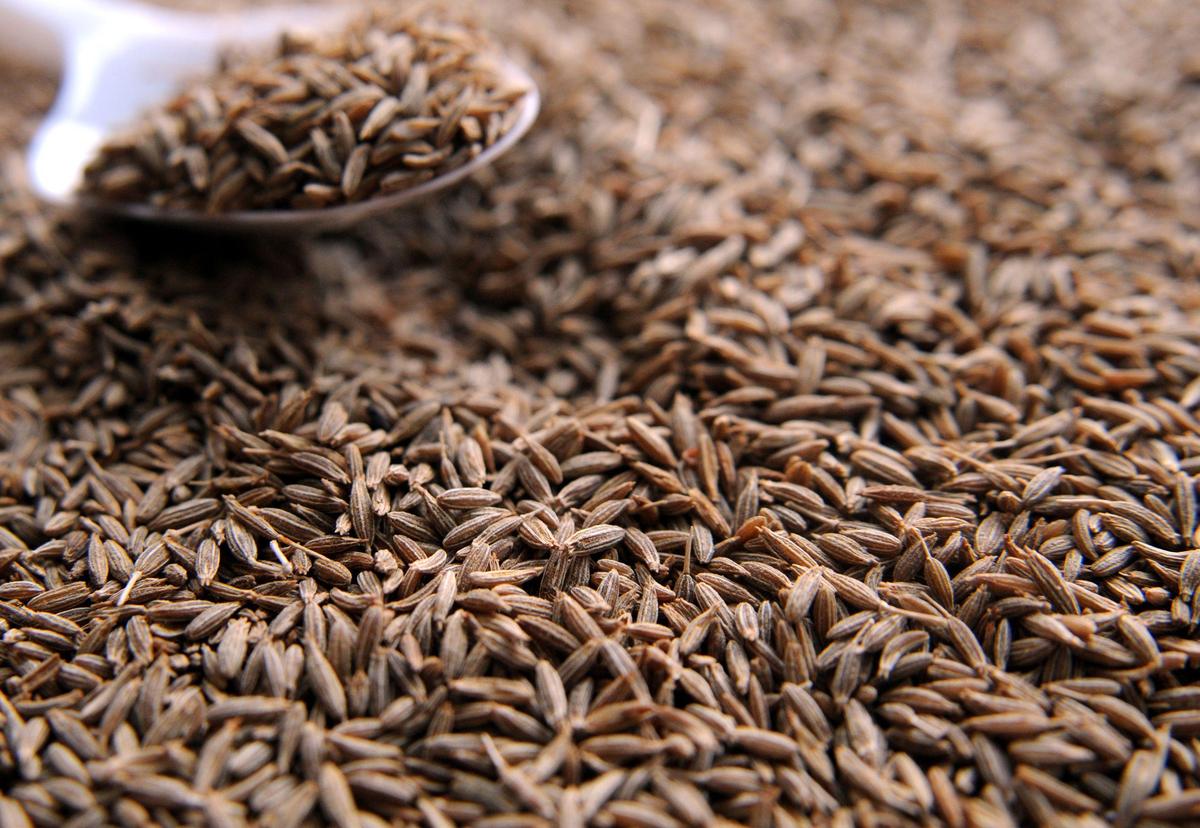

Leave a Reply